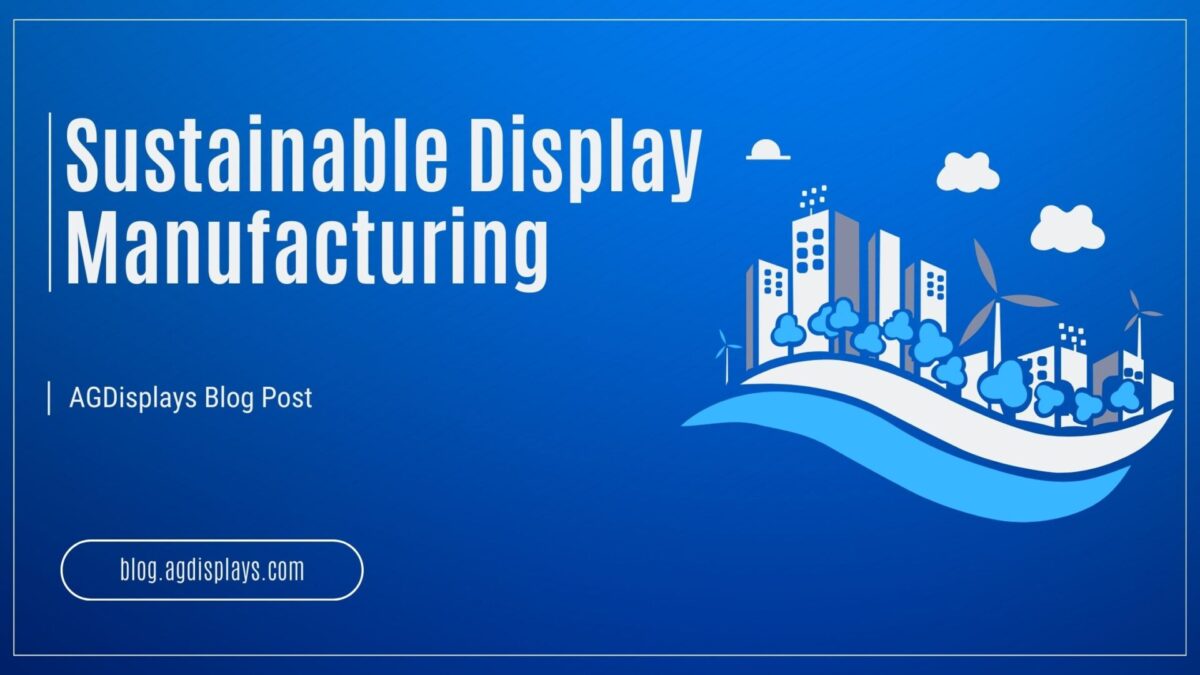Closed-frame LCD displays are a specialized type of monitor or screen characterized by its robust construction and protective enclosure. Unlike standard monitors, which may have exposed edges or minimal protective features, closed-frame displays are designed with durability and environmental resilience in mind.
The housing or frame of a closed-frame LCD display encapsulates the screen and internal components, providing a shield against external elements such as dust, moisture, and debris. This protective enclosure is crucial in environments where the display is subjected to harsh conditions, such as manufacturing facilities, warehouses, outdoor installations, or medical environments.
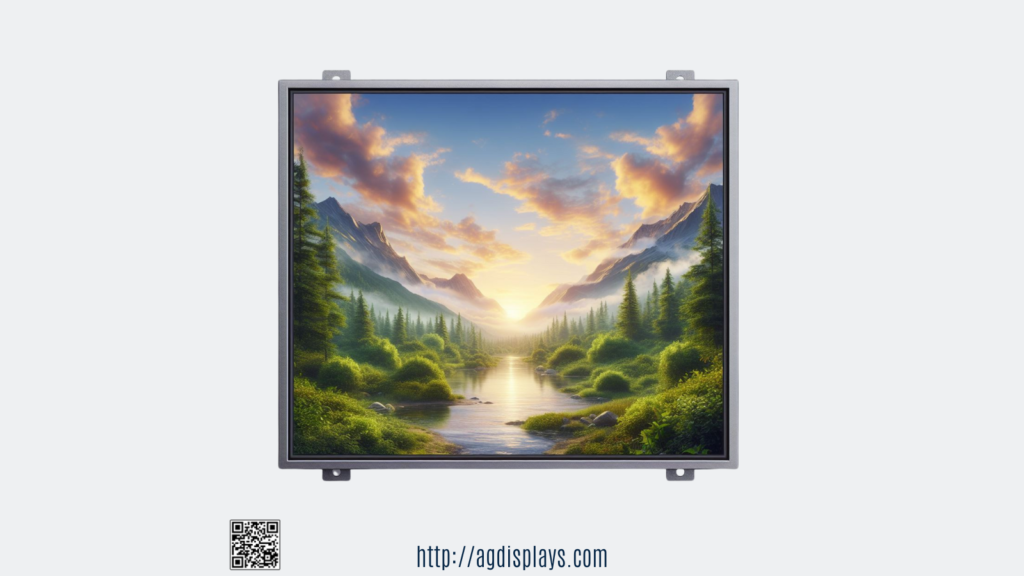
Defining Features of a Closed-Frame Display
One of the defining features of closed-frame displays is the inclusion of a protective front cover or bezel. This component serves as the first line of defense against physical damage, scratches, and impacts. Constructed from durable materials like metal or reinforced plastic, the bezel enhances the display’s resistance to wear and tear, prolonging its lifespan and ensuring uninterrupted operation.
There are many other notable features of a closed frame display, some of these include:
- Sealed Design: Many closed-frame displays feature a sealed design to prevent the ingress of dust, moisture, or contaminants, thereby safeguarding the internal electronics and preserving image quality.
- Vandal-Resistant Construction: In environments where tampering or vandalism is a concern, closed-frame displays may incorporate features such as shatterproof glass or reinforced bezels to deter unauthorized access or damage.
- Temperature and Humidity Control: Some closed-frame displays are equipped with built-in temperature and humidity control mechanisms to ensure optimal performance and reliability even in extreme environmental conditions.
- Customization Options: Manufacturers often offer customization options for closed-frame displays, allowing customers to specify parameters such as screen size, resolution, input/output interfaces, and additional functionalities like touchscreen capabilities or sunlight readability enhancements.
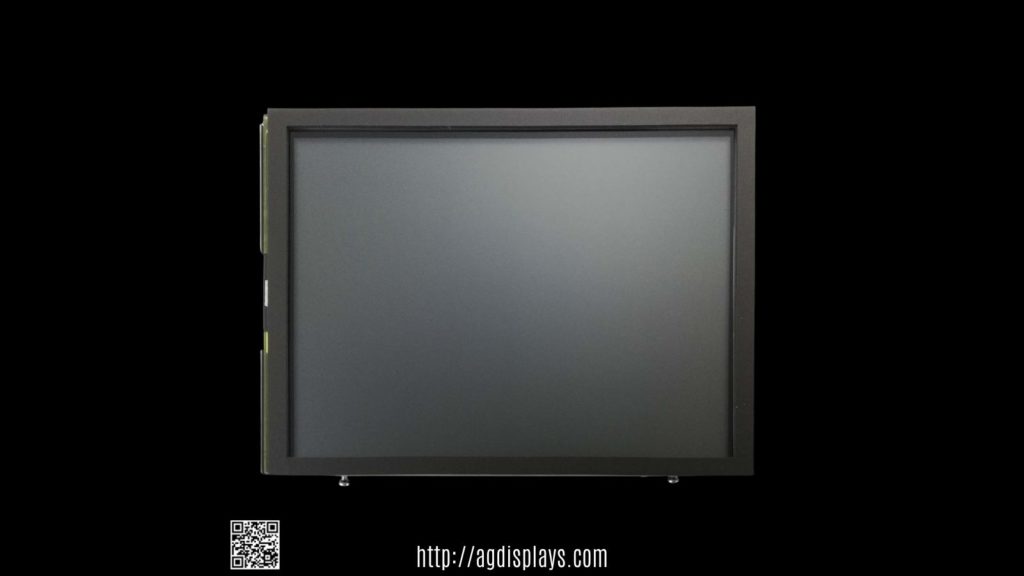
Applications and Significance of Closed-Frame Displays
Closed-frame displays find widespread application across various industries due to their durability, protection, and reliability. In industrial settings, they serve as integral components in process monitoring systems, providing real-time data visualization and control interfaces for machinery and equipment. Within retail environments, closed-frame displays are employed in interactive kiosks and digital signage solutions, facilitating engaging customer experiences while withstanding heavy usage. In healthcare facilities, these displays are utilized in medical devices and diagnostic equipment, ensuring accurate data visualization and patient monitoring while adhering to stringent cleanliness standards. Additionally, closed-frame displays are employed in outdoor signage installations, offering weather-resistant solutions for advertising and information dissemination in public spaces. Their robust construction, protective features, and customizable options make closed-frame displays indispensable across a diverse range of applications where reliability and durability are paramount concerns.
There are many common examples of closed-frame displays that can be found in everyday life:
- Industrial Monitors: Closed-frame LCD displays are frequently used in industrial environments for monitoring processes, displaying data, or providing visual feedback on machinery or equipment.
- Interactive Kiosks: Many interactive kiosks, such as those found in museums, retail stores, or information centers, utilize closed-frame displays to protect the screen and internal components from tampering or damage.
- Gaming Machines: Gaming machines in casinos or entertainment venues often feature closed-frame displays to withstand heavy usage and provide a durable interface for players.
- Digital Signage: Closed-frame LCD displays are commonly used in digital signage applications, such as advertising displays in retail stores, airports, or public transportation, where they need to operate reliably in various environmental conditions.
- Medical Devices: In the healthcare sector, closed-frame displays are used in medical devices and equipment, such as patient monitoring systems, diagnostic tools, or surgical equipment, where cleanliness and durability are essential.
- Control Panels: Closed-frame displays are integrated into control panels for industrial machinery, automation systems, or building management systems, providing operators with visual feedback and control interfaces.
- Outdoor Displays: Some outdoor displays, like those used in outdoor digital signage or information boards, may incorporate closed-frame designs to protect against weather elements and vandalism.
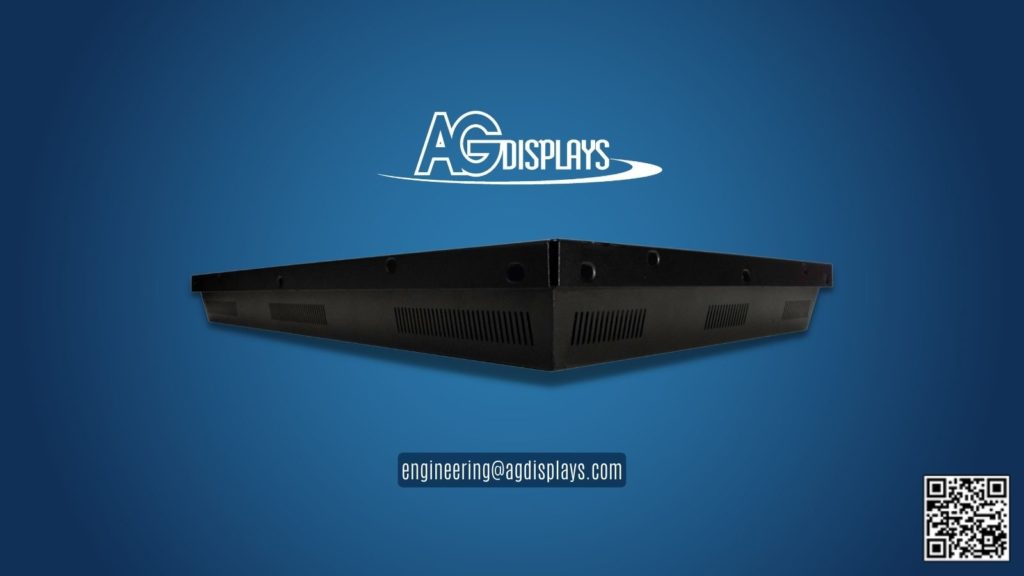
Customization and Enhancement Options
Closed-frame displays offer a plethora of enhancements and customization options tailored to diverse industry needs. These include touchscreen functionality for interactive interfaces, sunlight readability enhancements for outdoor visibility, and custom sizes/resolutions to suit specific spatial and visual requirements. Input/output interfaces can be tailored for seamless connectivity, while embedded computing capabilities allow standalone operation. Custom bezels and enclosures can reflect branding or aesthetic preferences, and various mounting options ensure versatile installation. Additionally, specialized features such as environmental protection and vandal resistance further optimize performance and durability. These customizations collectively enable closed-frame displays to excel across industries, from retail and healthcare to industrial automation and outdoor signage.
AGDisplays offers a full suite of enhancement options for Closed-Frame Displays, some of which include:
- Touchscreen Functionality: Closed-frame displays can be equipped with capacitive or resistive touchscreen technology, enabling interactive user interfaces for kiosks, point-of-sale systems, and industrial control panels.
- Sunlight Readability: For outdoor or high-brightness environments, closed-frame displays can feature enhanced backlighting and anti-glare coatings to improve visibility in direct sunlight or bright ambient lighting conditions.
- Custom Sizes and Resolutions: Manufacturers often offer customization options for screen sizes and resolutions to suit specific application needs, whether it’s a compact display for tight spaces or a high-resolution screen for detailed graphics.
- Input/Output Interfaces: Closed-frame displays can be tailored with various input/output options such as HDMI, VGA, DVI, DisplayPort, USB, RS-232, or Ethernet ports to facilitate connectivity with external devices, computers, or control systems.
- Embedded Computing: Some closed-frame displays integrate embedded computing capabilities, allowing them to function as standalone systems without the need for external hardware. This can include onboard processors, memory, and storage for running applications or multimedia content.
- Custom Bezels and Enclosures: The design of the front bezel and housing can be customized to match specific branding requirements or aesthetic preferences. This may involve different colors, textures, materials, or branding elements such as logos or labels.
- Mounting Options: Closed-frame displays can support various mounting options including VESA mounts, panel mounts, rack mounts, or ceiling mounts, providing flexibility for installation in different environments or configurations.
- Environmental Protection: Depending on the application, closed-frame displays can be enhanced with additional protection against environmental factors such as water ingress, dust, shock, and vibration, ensuring reliable operation in demanding conditions.
- Specialized Features: Depending on the industry or application, closed-frame displays can incorporate specialized features such as anti-glare coatings, vandal-resistant glass, IP-rated enclosures, or thermal management systems to optimize performance and durability.
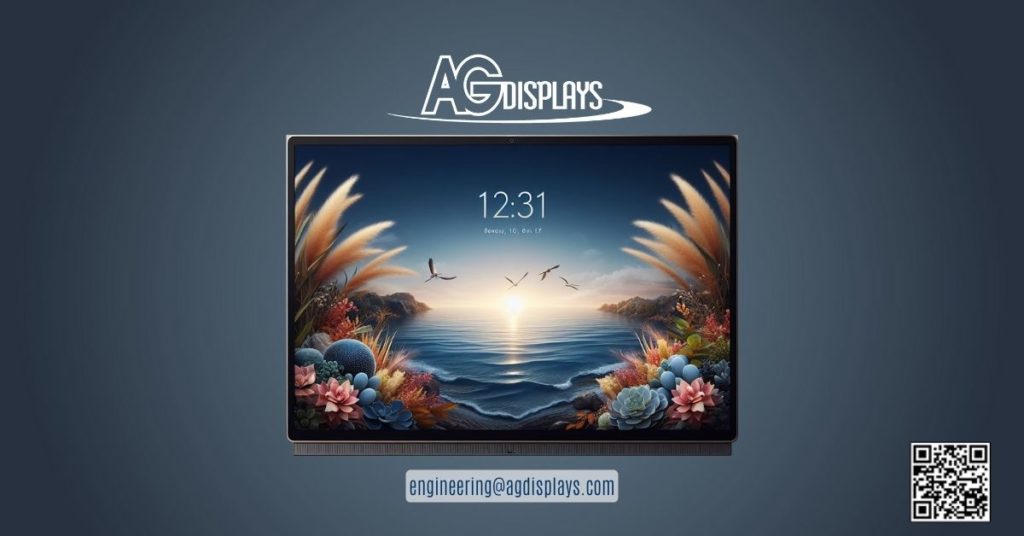
In conclusion, closed-frame LCD displays stand out for their durability, protection, and reliability, making them invaluable across industries ranging from manufacturing and healthcare to retail and outdoor signage. Their robust construction, featuring protective enclosures and bezels, shields against environmental elements and physical damage, ensuring uninterrupted operation even in harsh conditions. With a plethora of customization options available, including touchscreen functionality, sunlight readability enhancements, and tailored input/output interfaces, closed-frame displays can be optimized to meet specific application needs. Whether deployed in industrial control panels, interactive kiosks, or outdoor digital signage, these displays excel in delivering reliable performance and enduring durability, making them indispensable tools in today’s diverse technological landscape.












